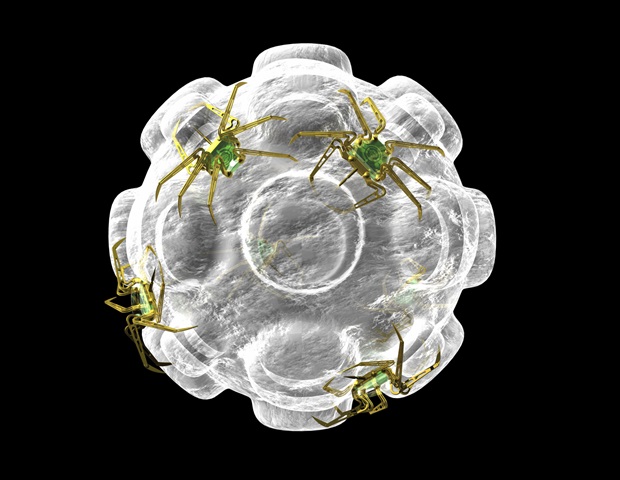
[ad_1]
Antibiotics are used to prevent and treat bacterial infections. They have played an important role in the fight against infectious diseases such as tuberculosis, pneumonia, typhoid fever and meningitis in 20th century. However, the misuse of antibiotics has also led to the development of so-called multi-drug resistance (MDR) whereby bacteria change their response to these drugs and survive them.
According to the WHO, antibiotic resistance is one of the greatest threats to global health, food security and development today. It is something that deeply disturbs specialists while many companies and society in general do not care. Compared to oncology (cancer treatment), for example, relatively few investments are invested in the research of new antibiotics. First, this is because it takes many years of testing (between 10 and 20) – while it can be easy to find chemicals that kill bacteria, it’s much harder to discover and develop substances that aren’t toxic to humans as well. Second, the most innovative products cannot be sold freely as this would lead to excessive use, which in turn discourages business investment.
This problem therefore requires new treatment strategies and sources of funding. Recent improvements in nanotechnology to design nanoparticles with desired physicochemical properties may represent a new line of defense against MDR microorganisms. An example is the MARA project, funded by the European Commission’s FET Open program. Led by the Austrian Institute of Technology, the project is supported by an interdisciplinary consortium that is seeking to replace regular antibiotic research with a new DNA-based nanotechnology method to fight bacteria. This approach is based on 3 new complementary technologies.
The first, called Autonomous Detection Nucleic Acids (AUDENA), is a new method of detecting pathogen-associated antigen. It uses pure DNA as a sensor that recognizes target molecules in water-soluble substances and reacts by changing color. This reaction can be seen with the naked eye, which means no laboratory tools or sophisticated processing are required. AUDENA is therefore cheaper to manufacture and implement.
The second is a new approach in protein mimicry based on artificial enzymes (DNA structures that emulate protein reactions) that can be used for a wide variety of applications, for example in biotechnology, biomedical manufacturing and also in the energy sector if possible. produce cheaper and more stable enzymes.
The third is based on Molecular Robots (MORO), which are already currently applied to some industrial processes. In the context of MARA, functional DNA nanorobots can locate bacterial pathogens or cancer cells before destroying them by perforating their cell walls. The coupling of the machines with target recognition elements enables the design of various specialized MOROs creating an approach that has the potential to revolutionize disease therapy and open a new area in molecular medicine.
All of these technologies are linked to DNA nanotechnology, using nucleic acids rather than proteins as has been common practice until now. Thanks to these findings, MARA can help reduce the use of antibiotics by making them more targeted (AUDENAS goal), which in turn will slow the progress of antibiotic resistance, but will not stop it. However, it is hoped that the other two technologies will allow us to approach the bacteria in new ways. As a result, the impact of MARA could be enormous on the health care of society as a whole.
The project has already generated a follow-up project. Through The EIC Transition to Innovation Activities – a new funding program launched in 2019 under the Horizon 2020 program to improve the exploitation potential of EU-funded projects, the MARILIA project has created a new concept of detection, based on results of MARA, for the fast, low-cost identification of human pathogens in water samples. The rapid and economical detection of pathogens is very important in many sectors such as healthcare, agriculture and the food industry. The commercial potential of MARILIA’s results could lead to a start-up to bring the product to market and improve the health and safety of people around the world.
.
[ad_2]
Source link